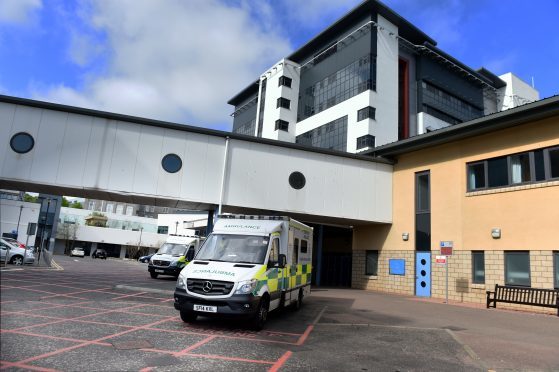The aim of a major trauma centre is to treat people with serious injuries, such as those who have been in a major car accident or mountaineering accident.
They operate 24-hours a day and 365-days a year.
With greater experience of treating serious injuries, it is hoped medical specialists at the facilities will be able to save up to 40 lives a year.
The initial care begins with ambulance crews – or helicopter units – using triage as they take patients to a major trauma centre.
If there is not a major trauma centre near the incident, patients may be taken to a local trauma facility before being transferred at a later date.
At the major trauma centre, a consultant-led team will then assess the state of a patient and deliver specialist treatment.
The trauma centres will also host dedicated rehabilitation support in a bid to help those injured to recover more quickly.
This rehabilitation treatment could include physiotherapy or occupational therapy, as well as psychological treatment for patients.
The Scottish Government estimates that around 5,000 people a year are seriously injured, with around 1,000 cases being defined as ‘major trauma’.
Chief medical officer Catherine Calderwood said that for each trauma fatality, there are two survivors with serious or permanent disability that will have significant impact on quality of life.
She said that it is these severely injured patients who will require highly specialised care, extended hospital stays and extensive rehabilitation.
